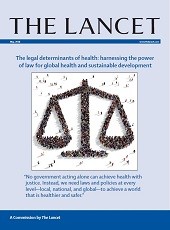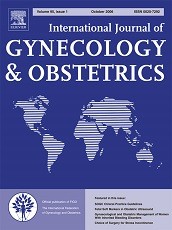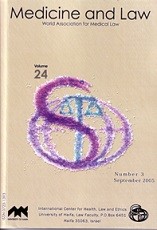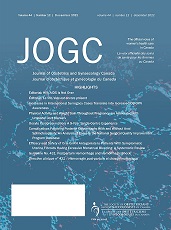Bernard M Dickens

Extract
Religion has no monopoly on conscience, however. History, both distant and recent, shows how health-care providers and others, driven by conscientious concerns, can defy laws and religious opposition to provide care to vulnerable, dependent populations. They might also defy the medical establishment. Pioneers of the birth control movement were not doctors, and were opposed by medical, state, and religious establishments. As long ago as 1797, Jeremy Bentham advocated means of birth control, and in the following century, John Stuart Mill was briefly imprisoned for distributing birth control handbills. Charles Bradlaugh and Annie Besant were similarly prosecuted, in 1877, for selling pamphlets about birth control.
Dickens BM. Conscientious Commitment. The Lancet. 2008;371(1240-1241.



